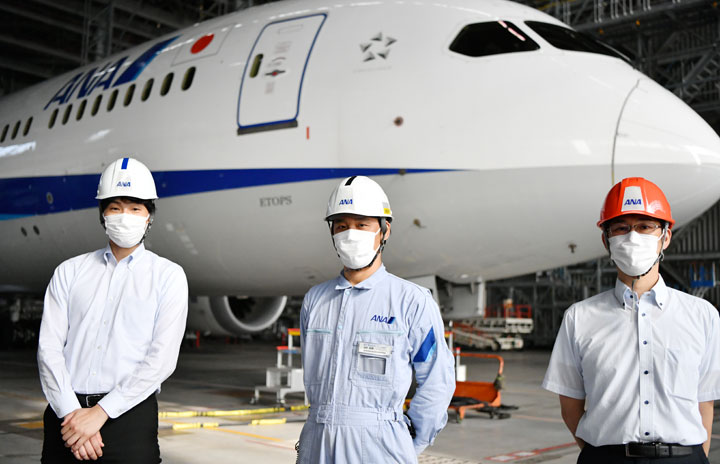An exploration conducted by IIASA delves into waste management systems and indicates that it is improbable that zero waste leakage will be achieved by 2030, potentially endangering associated sustainable development goals. The authors stress the necessity for international collaboration, particularly among four regions, in order to responsibly handle waste disposal.
The leakage of waste into aquatic ecosystems is a significant worry that poses a threat to biodiversity and human health. Improper disposal of waste, especially plastic waste, has been observed in all the major ocean basins, coastlines, rivers, lakes, and even in remote areas like the Arctic and Antarctic.
Previous research has concentrated on specifically estimating plastic waste emissions into the oceans. Nonetheless, none of the studies have thoroughly evaluated waste leakage into aquatic environments from a waste management standpoint.
Researchers at IIASA used a waste systems approach to pinpoint areas where land-waste leakage is most problematic and to identify the specific rivers, lakes, and coastal areas that are most vulnerable. The findings underscore the urgency of taking action.
“Our study shows that the majority of leakage of municipal solid waste – everyday items that are discarded by people – into aquatic environments occurs in Africa, China, India, and South Asia. It’s necessary to start focusing on improving waste management systems in these affected areas,” explains study lead author Adriana Gomez Sanabria, a researcher in the Pollution Management Research Group of the IIASA Energy, Climate, and Environment Program.
The study underscores that focusing solely on individual waste streams can have unintended repercussions. For instance, the transition from single-use plastic cups to paper cups has led to an increase in paper waste. This emphasizes the importance of establishing targets that address multiple waste streams at the same time.
Furthermore, the study stresses the significance of implementing comprehensive waste collection as the primary measure to prevent waste seepage into both terrestrial and aquatic ecosystems, even if overall waste generation decreases.
“Our analysis shows that there is a pressing need to establish a standardized framework to monitor waste generation, composition, and flows. This framework should help us track the effectiveness of actions, including political, economic, and technological measures aimed at reducing waste and improving waste management systems,” notes Florian Lindl, a study co-author and researcher in the IIASA Pollution Management Research Group.
The study conducted by the research team fills a significant gap in our knowledge about the role of waste management systems in addressing different environmental impacts. By studying the relationship between waste management and waste leakage, effective approaches to decreasing pollution in aquatic environments and protecting ecosystems can be identified. This information is crucial for shaping policies and advocating for sustainable development practices that reduce the environmental impact of our consumption habits.
“We need to understand that the primary function of waste management systems is to protect human health and the environment. As creators of the waste crisis, we must take responsibility by changing our behavior to reduce consumption through refuse, rethink, and reuse practices,” concludes Gomez Sanabria.
Journal reference:
- Gomez-Sanabria, A., Lindl, F. The crucial role of circular waste management systems in cutting waste leakage into aquatic environments. Nature Communications, 2024; DOI: 10.1038/s41467-024-49555-9
Note: This article have been indexed to our site. We do not claim legitimacy, ownership or copyright of any of the content above. To see the article at original source Click Here













